Table of Contents
Tired of sunglasses that feel more like disposable plastic than actual eyewear? You know the ones – they scratch easily, the hinges loosen after a week, and they offer questionable protection from anything brighter than a cloudy day. Finding quality sunglasses that actually last, feel substantial, and offer superior optics can feel like navigating a minefield of fast fashion and inflated prices. But there's a corner of the eyewear world where precision, durability, and thoughtful design are standard, not exceptions. We're talking about the realm of "Made in Japan."
Why Japanese Sunglasses Stand Out
Why Japanese Sunglasses Stand Out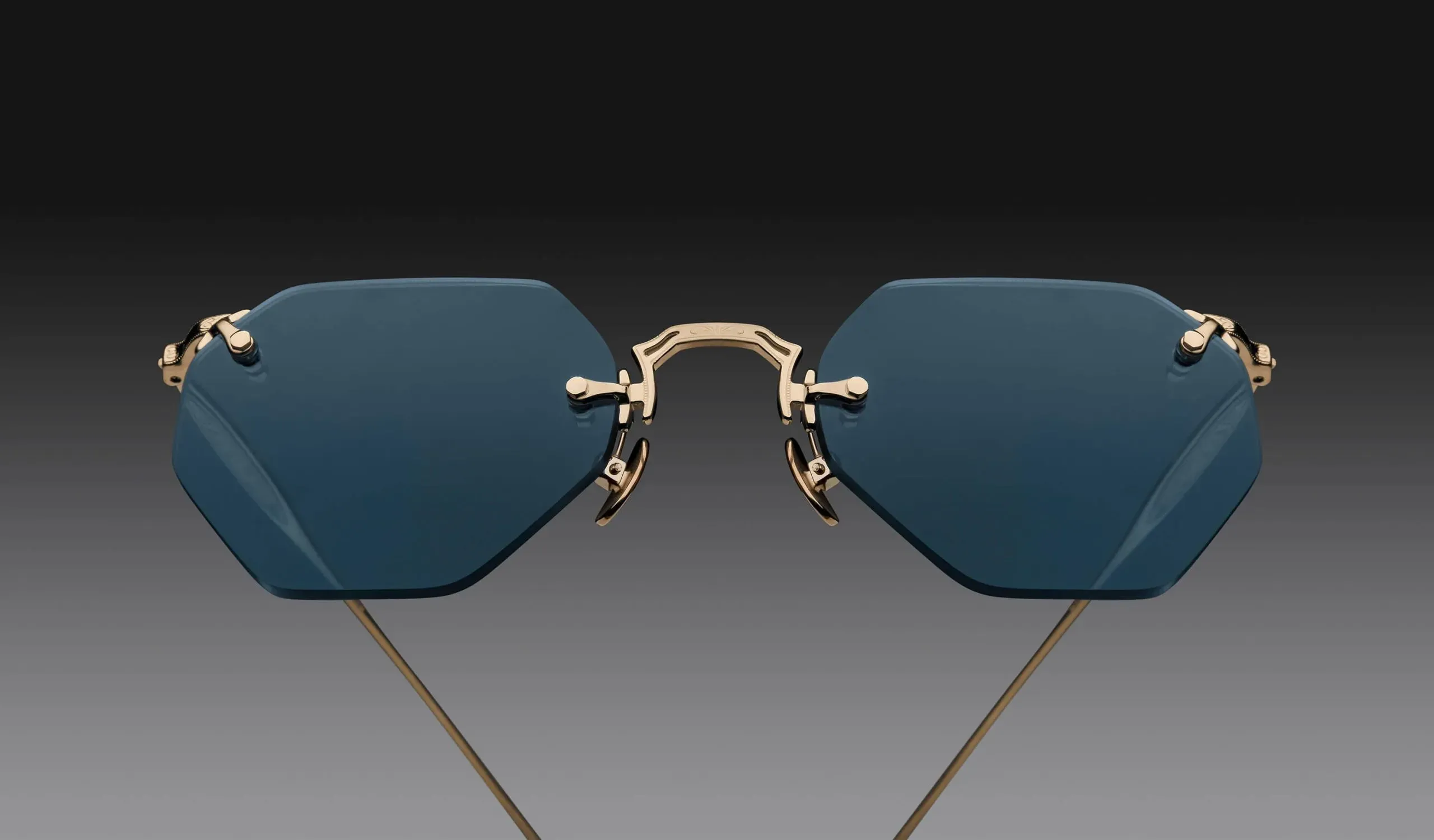
So, you're wondering what the big deal is with Japanese sunglasses, right? It's not just about a label; it's about a philosophy of making things. Think about it: Japan has this deep-seated culture of precision, patience, and striving for perfection, whether it's making sushi, crafting samurai swords, or, yes, building eyewear. This isn't fast fashion. This is slow, deliberate craftsmanship. When you pick up a pair, you immediately feel the difference. The weight, the balance, the way the hinges operate – it all screams quality. It's why Japanese sunglasses stand out from the pack, often using materials like aerospace-grade titanium that are incredibly strong yet feather-light, or unique types of acetate that have a depth and richness you just don't see in cheaper frames.
The Craftsmanship Behind Japanese Sunglass Brands
The Craftsmanship Behind Japanese Sunglass Brands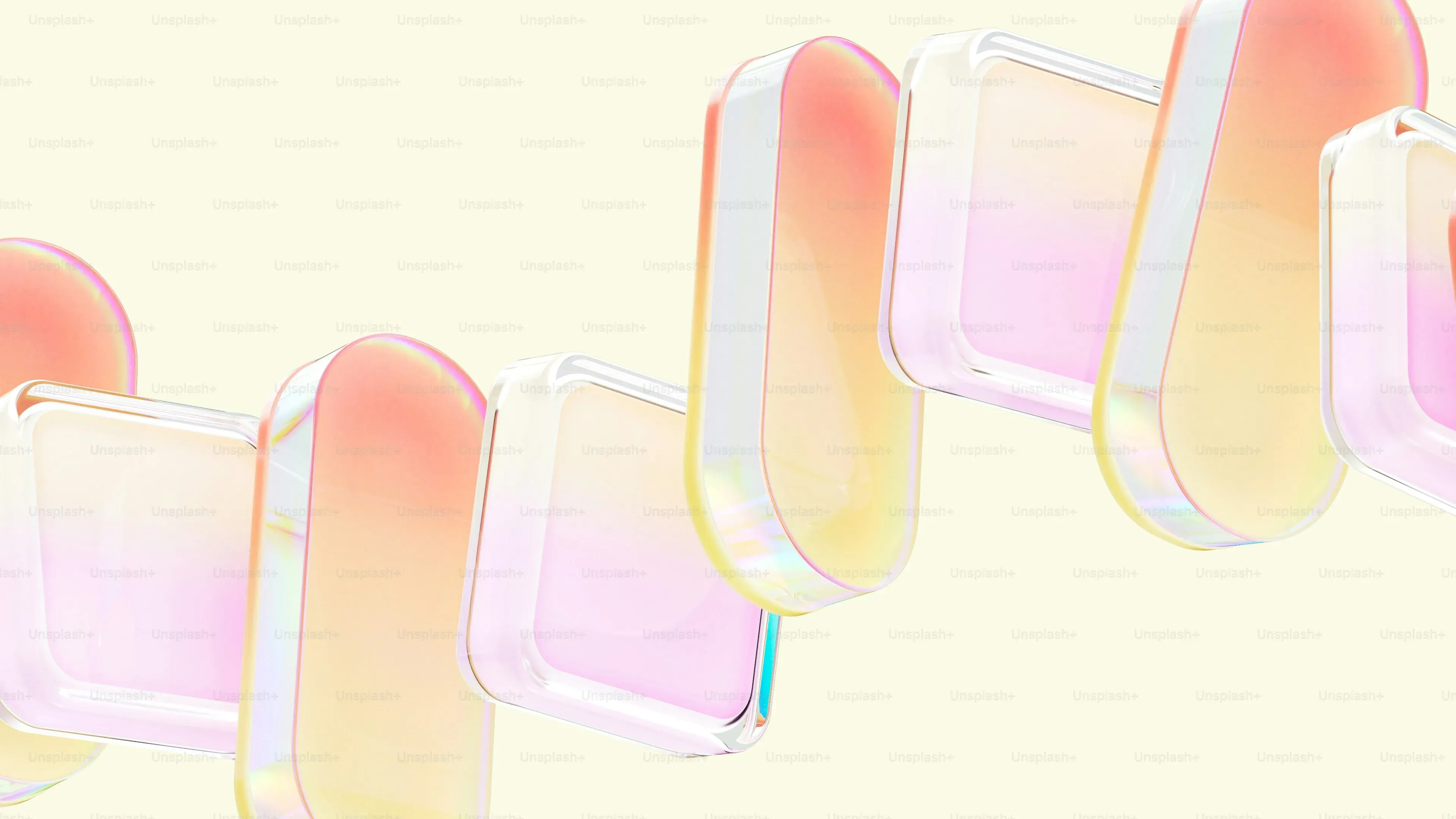
More Than Just Assembly: The Sabae Legacy
let's talk about the guts of it. Making a pair of sunglasses in Japan, especially in places like Sabae City, Fukui Prefecture, isn't just about slapping some lenses into a frame. It's an intricate dance involving dozens, sometimes hundreds, of individual steps. We're talking about artisans who've spent decades honing a single skill – polishing acetate until it gleams like glass, meticulously filing titanium wire thinner than a human hair, or hand-engraving intricate patterns that you might only notice if you look *really* closely. They often use tools passed down through generations, combined with cutting-edge machinery for ultimate precision. It’s this blend of old-world skill and modern tech that gives these frames their near-mythical status for durability and finish. You won't find corners cut here; if a piece isn't perfect, it doesn't make it out the door.
The Devil's in the Details: Polishing, Hinges, and Fit
Think about the parts you usually ignore on cheap sunglasses: the hinges that wobble, the nose pads that dig in, the frame edges that feel rough. Japanese craftsmanship obsesses over these details. Hinges are often custom-designed, multi-barrel affairs that operate with a satisfyingly smooth click, built to withstand years of opening and closing without loosening. The polishing process for acetate frames can take days, involving multiple stages of tumbling with different media to achieve a deep, lustrous shine that doesn't fade. Metal frames, particularly titanium, undergo complex plating processes for corrosion resistance and a flawless finish. The goal isn't just a frame that looks good on day one, but one that feels comfortable, fits perfectly, and maintains its integrity long after cheaper options have hit the landfill.
Here are a few hallmarks of this meticulous craftsmanship:
- Multi-Barrel Hinges: Provides increased durability and smoother action compared to standard single-barrel hinges.
- Hand-Polished Acetate: Creates a deeper, richer color and a smoother, more comfortable feel against the skin.
- Titanium & Beta-Titanium: Ultra-lightweight, incredibly strong, and hypoallergenic materials often used for frames.
- Detailed Engraving: Intricate patterns often found on metal components, a sign of skilled handwork.
- Precision Welding/Joining: Seamless connections between frame components, preventing weak points.
Iconic Japanese Sunglass Brands Worth Exploring
Iconic Japanese Sunglass Brands Worth Exploring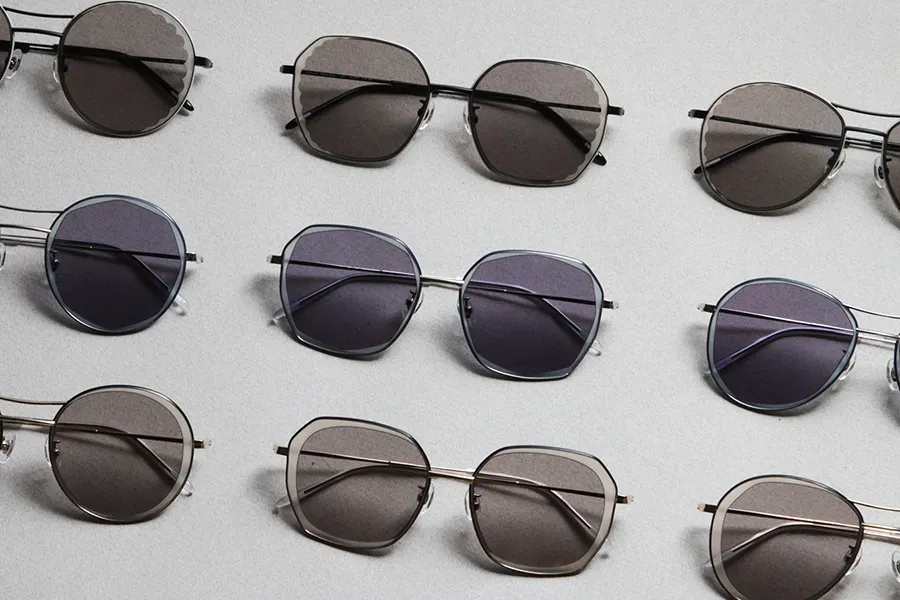
Beyond the Obvious: Discovering True Craftsmanship
Alright, so now you know *why* they're built differently. But who are the players? When people think of high-end eyewear, names like Matsuda often come up first. They've been doing this since the early '70s and have a distinct, almost architectural style, often incorporating intricate metalwork and unique materials. Their designs feel like wearable art, pulling inspiration from antique objects and industrial design. Then there's brands like Eyevan, considered a pioneer, starting way back in 1972. They brought the idea of glasses as a fashion item to Japan and continue to produce frames that are understated yet incredibly refined. It's less about flashy logos and more about the subtle details – the perfect curve of a temple arm, the way the light catches the polished acetate.
Understated Elegance and Technical Prowess
Don't sleep on brands like Masunaga, one of the oldest eyewear manufacturers in Sabae, founded in 1905. They still control every single step of their production process, from raw materials to the finished product. That level of vertical integration is rare and speaks volumes about their commitment to quality. Or consider Factory900, known for pushing the boundaries with sculptural, futuristic designs using unique molding techniques. They are the rebels of the bunch, proving that Japanese precision can also be incredibly innovative and avant-garde. These brands, among others, represent the pinnacle of japanese sunglass brands, offering a range from timeless classics to daring contemporary pieces, all built with that signature Japanese dedication to perfection.
Here are a few brands that define the space:
- Matsuda: Known for intricate metalwork and vintage-inspired, artistic designs.
- Eyevan: A pioneer in fashion eyewear, offering refined and classic styles.
- Masunaga 1905: One of the oldest, controlling production end-to-end for ultimate quality control.
- Factory900: Pushing design boundaries with unique, sculptural shapes and molding techniques.
- Dita (though based in LA, much production is in Japan): Blending American design with Japanese manufacturing excellence.
What Sets Japanese Sunglass Brands Apart in Design
What Sets Japanese Sunglass Brands Apart in Design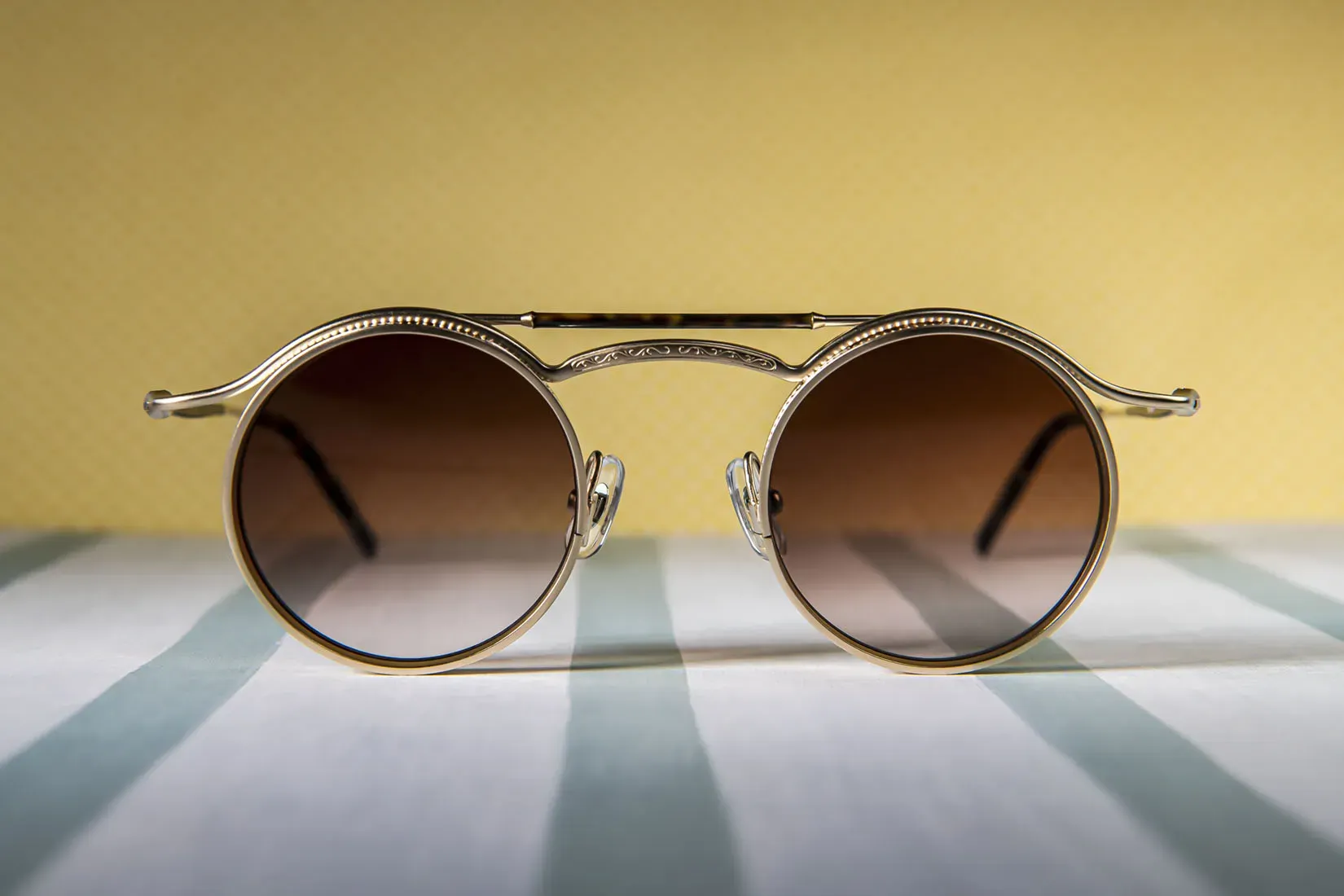
Subtle Elegance, Not Loud Logos
let's talk design. If you're used to big, flashy logos plastered all over your frames, you might be surprised by Japanese sunglass brands. Their design philosophy is often the opposite. It's about understated elegance, clean lines, and subtle details that reveal themselves upon closer inspection. Think about the architecture in Kyoto – it's beautiful, functional, and harmonious with its surroundings, not screaming for attention. That same sensibility carries over into their eyewear. The shapes might seem classic at first glance, but look closer: the precise angle of the bridge, the delicate taper of the temple arm, the way the end piece integrates with the lens rim. It's design that respects the face, enhancing features rather than overpowering them. There's a quiet confidence in this approach, a trust that the quality and form will speak for themselves without needing a billboard on your face.
Innovation Rooted in Tradition
It's not just about being subtle, though. Japanese design also has a strong streak of innovation, often blending traditional techniques with modern technology and materials. They were pioneers in using titanium, for instance, not just because it's strong and light, but because it allowed for incredibly fine, intricate frame structures that weren't possible with older materials. You see this in how they manipulate metal and acetate – carving, layering, and combining them in ways that feel fresh yet timeless. Brands like Factory900, as mentioned, take this to an extreme with their sculptural designs, but even more traditional brands incorporate innovative hinge mechanisms or unique lens treatments. It's this constant push to refine and improve, while honoring the legacy of craftsmanship, that makes the design of japanese sunglass brands so compelling.
Key design characteristics often include:
- Minimalist Aesthetics: Clean lines and simple forms.
- Balanced Proportions: Frames designed to sit comfortably and look harmonious on the face.
- Integrated Details: Functional elements like hinges or nose pads are often seamlessly incorporated into the overall design.
- Sophisticated Color Palettes: Often featuring rich, deep acetates and subtle metal finishes.
- Focus on Wearability: Designs prioritize comfort and long-term wear, not just fleeting trends.
Making the Investment: Are Japanese Sunglass Brands Right for You?
Making the Investment: Are Japanese Sunglass Brands Right for You?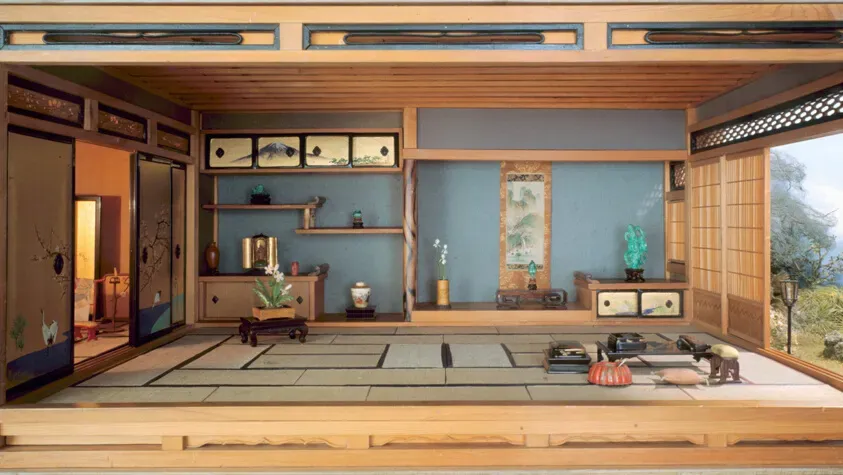
Understanding the Price Tag
Let's be blunt: japanese sunglass brands are not cheap. If you're used to grabbing a pair at the checkout counter for twenty bucks, the prices on these might make your eyes water more than direct sunlight. We're talking several hundred dollars, sometimes pushing past a thousand. So, what exactly are you paying for? It's not just a fancy name. You're paying for the materials – high-grade titanium, premium acetate, precision-engineered lenses. You're paying for the labor – skilled artisans spending hours hand-polishing, assembling, and inspecting every single frame. You're paying for the heritage and the decades of accumulated knowledge in making eyewear that fits right and lasts. Think of it less like buying a t-shirt and more like buying a well-made watch or a custom-tailored suit. The cost reflects the quality of the inputs and the mastery of the process.
The Value Beyond the Dollar Amount
so they cost more upfront. Fair enough. But consider the lifespan. How many cheap pairs have you gone through? They break, they scratch, they just don't feel good to wear after a while. A well-cared-for pair from a reputable Japanese brand can easily last you a decade or more. The hinges stay tight, the finish holds up, and the lenses, which are often optically superior, continue to protect your eyes effectively. Quality lenses aren't just about blocking light; they reduce distortion, enhance clarity, and offer proper UV protection, which is crucial for long-term eye health. When you factor in durability and performance, that initial high cost starts looking a lot more like a long-term investment in both style and function. You might even find some fantastic options when browsing quality retailers like sunglasshub.org.
- Durability: Built to last years, not weeks or months.
- Optical Clarity: Superior lenses reduce distortion and provide better vision.
- Comfort: Precision fit and quality materials mean they feel better on your face for longer periods.
- Style That Endures: Often feature timeless designs that don't go out of fashion quickly.
- Better Eye Protection: High-quality lenses offer robust UV filtering.
Is the Investment Right for You?
So, should you ditch your current shades and drop serious cash on japanese sunglass brands? It really depends on what you value. If you treat sunglasses as disposable accessories, probably not. But if you appreciate craftsmanship, seek durability, prioritize optical performance, and prefer classic style over fleeting trends, then yes, the investment is absolutely worth considering. These are sunglasses for people who hate replacing things constantly, who notice the subtle difference between something made with care and something churned out en masse. If you're tired of flimsy frames and want eyewear that feels substantial, looks sophisticated, and protects your eyes properly for years to come, exploring the world of Japanese craftsmanship might be your next move. It's not just buying sunglasses; it's investing in quality that pays dividends in wearability and longevity.
The Last Word on Japanese Sunglasses
So, what's the takeaway? Choosing japanese sunglass brands isn't about chasing a trend or paying for a logo. It's about investing in eyewear built with a level of precision and care rarely seen in mass production. The subtle details, the strength of the materials, the clarity of the lenses – these aren't accidents. They are the result of generations of accumulated knowledge and a relentless pursuit of quality. While the initial cost might be higher, the longevity, performance, and sheer tactile pleasure of wearing something so well-made often justify the expense. Consider it less of a purchase, more of a long-term relationship with your face furniture.
